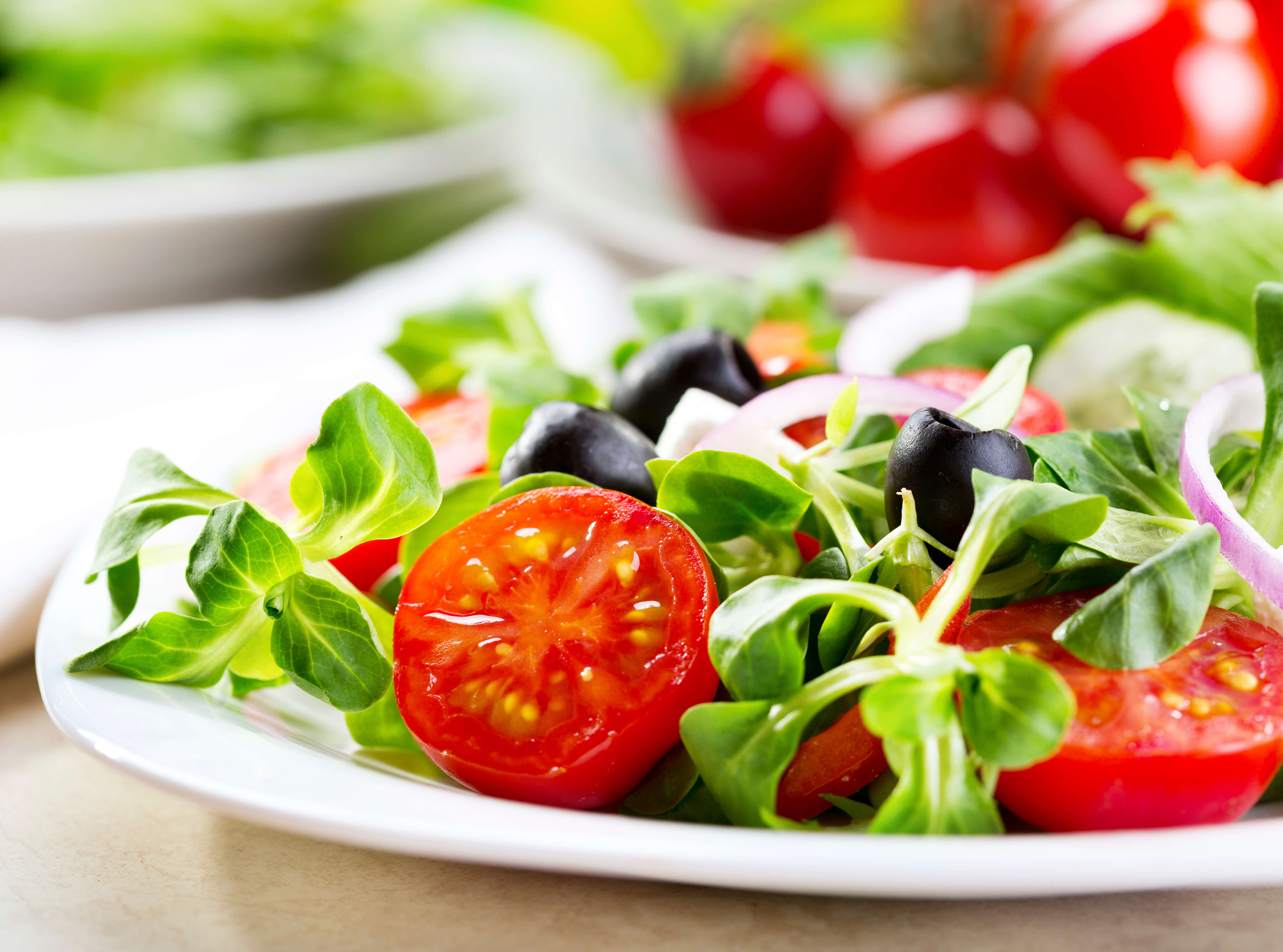What To Know About Serving Sizes

We’ve all had a meal that was just so good that we continued to eat and eat until we literally could not fit any more food inside of our stomachs. This is the situation that enters most people’s mind when they think of “overeating.” However, many people overeat on a daily basis, since restaurant sizes are so enormous and serving sizes are unclear. Here’s what you need to know about serving sizes and how to ensure you’re not overeating.
Portion size vs. serving size
A serving size is simply what’s listed on a food’s nutrition facts label, according to the American Heart Association. It doesn’t indicate how much of the food is considered a healthy amount to eat, just how many nutrients, fat, calories, etc. are present in that specific amount. A portion size, however, is how much food is eaten in a single sitting. Huge portions that the public considers normal is what lends itself to overeating, obesity and weight-related health issues.

Proper portions
The American Heart Association has also outlined what’s considered a proper portion in all of the main food groups. Based on your dietary needs, you may require more or less than what the American Heart Association suggests, but how much food is considered a portion is the same for all adults:
- A single portion of grains include a slice of bread and a half of a cup of uncooked rice.
- A portion of vegetables is a full cup of raw, leafy vegetables or a half cup of vegetable juice.
- A single portion of fruits is about the size of a baseball if the fruit is round or a half of a cup of fresh fruit cut up.
- A portion of cooked meat or fish is about three ounces, which is about the size of a cassette tape, depending on the thickness of the cut of meat.
- A portion of nuts, seeds or legumes is about two tablespoons of peanut butter or a half cup of dry beans.
- Added sugar should be eaten sparingly, and a portion consists of a tablespoon of sugar.
Tips to eat healthier portion sizes
There’s a good chance that you read through that list and found that even though you consider your diet to be fairly healthy, you’re guilty of overeating pretty regularly. It’s OK – it happens to the best of us. Luckily, there are plenty of ways to correct this behavior and learn to eat healthier portions.
- Start by not eating straight out of a snack bag. Measure out a proper portion of whatever you’re snacking on, and eat it out of a bowl. It’s much easier to overeat when you’re reaching into a bottomless bag. If it’s more convenient for you to measure out your snack bags ahead of time, do it that way. Keep sandwich bags handy and portion out your food before you even store it in the cupboard.
- When you’re dining out at a restaurant, it’s almost guaranteed that you’ll receive much more than a healthy serving of what you order. To keep yourself from eating double what you need to feel full, ask the waiter to put half of the food in a to-go container and half on the plate for you to eat.
- Use smaller plates at home. When you have a giant plate, you feel the need to fill it all the way up. Chances are, when you’re eating, you probably hear your parent’s voice in the back of your mind telling you to clear your plate, too!



